04.02.2018

Light is the key to let an image work on the viewer. A photograph should convey emotions. It should express something. So what should be considered when we talk about light? Which categories are there?
Quality of Light
If you shoot in the open air you are absolutely dependent by the weather and time of day. You wanna take a photo of a building then you have to be aware of the environment and the season. In winter the sun is much lower then in summer and of course the days are very short compared to other seasons. In addition, in winter, the sun crosses the northern hemisphere at a smaller angle, so that, for example, some building sides do not get any light. If you want to take a really good photo you should be plan this whole undertaking.
Hard light
When the sun is shinning, you will get hard light. That means strong shadows, a strong contrast and a challenge to handle this offering of the light. This kind of light provides a good spatial depth, but is quiet inappropriate for portraits, because you will get unwanted shadows and the skin can start to shine.
 Taken at noon, the light comes direct from above, strong contrasts and deep shadows.
Taken at noon, the light comes direct from above, strong contrasts and deep shadows.
Diffused light
A diffused light source would be a cloudy sky or a studio light with a softbox. There are almost no visible shadows, because it seems the light comes from all directions. A diffused light creates not so much contrast, but it is enough to create a spatial depth. The colors lose their brilliance. To prevent a too boring picture you should use the exposure correction and expose with one stop less. A diffused light is very suitable for portraits because it brings a natural softness on the skin.
For landscape photography it is maybe the most boring light condition that there is. The spatial depth is too low to create ductility. It makes a landscape look very flat.
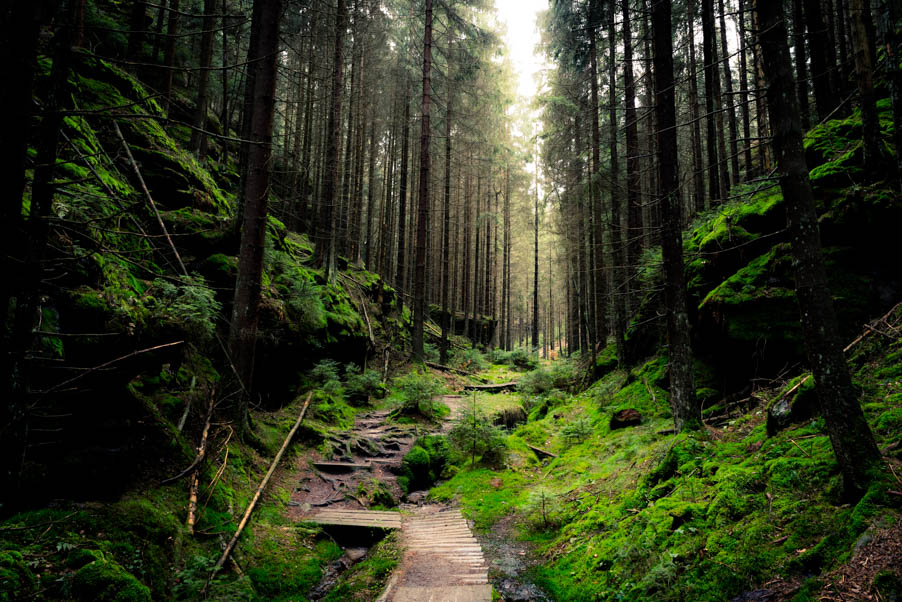 Diffused light exists also in the forest, where the sun cannot come through.
Diffused light exists also in the forest, where the sun cannot come through.
Soft light
A soft light is created by a big light source. This light condition appears during the blue hour with a thin cloud layer in the sky. A big window does the same what is also ideal for portraits. A beautiful soft light source with a drop in brightness to the background.
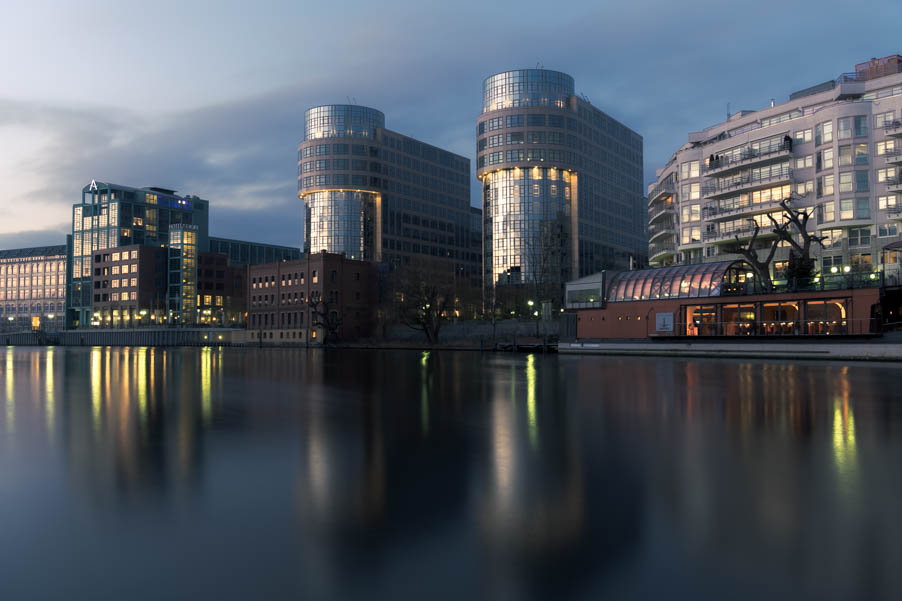 An already gone sun, the blue hour is influenced by the last rays and the clouds.
An already gone sun, the blue hour is influenced by the last rays and the clouds.
Directions of Light
Every direction has its own charm. You should be aware of which direction the light is coming to get a better possibility to compose your picture.
Frontal light
In this case the subject has no shadow. Where are no shadows there is almost no spatial impression. The source of the light shows in the same direction as the camera. This direction could be used to flatten a subject and make it more abstract.
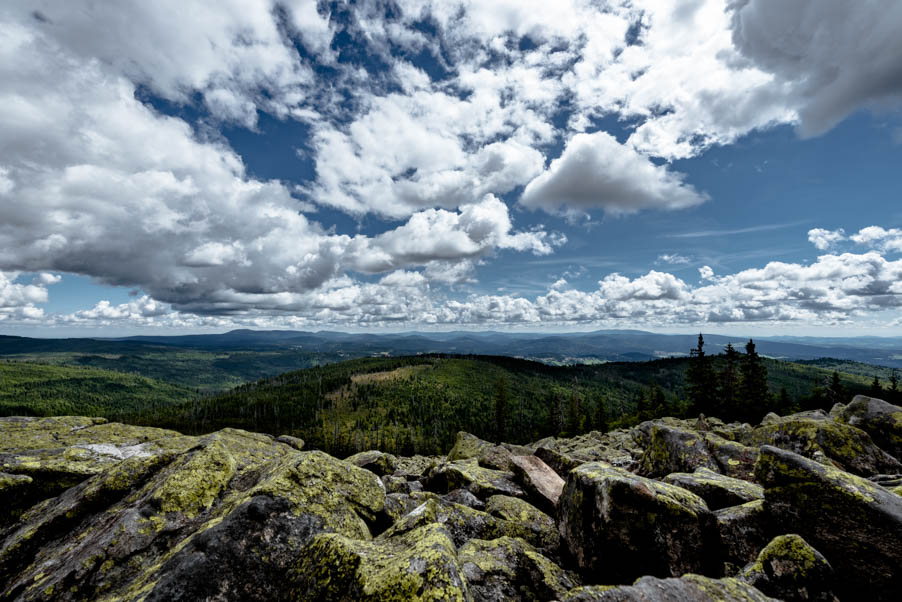 The sun was behind me during taking the picture.
The sun was behind me during taking the picture.
Sidelight
If the light comes from the side then it is the easiest way to get a well lighted photo. It provides a good spatial depth and a high contrast and the light source is not shining direct into the lens what avoids other problems. If the sun is in a very low ankle you will get a very dramatic light situation. This appears when the golden hour is coming to an end. The shadows at this point are very long and also the smallest objects produce shadows.
 A castle directly hit by the sunlight which is coming from the left.
A castle directly hit by the sunlight which is coming from the left.
Backlight
For me is this the most interesting light direction. Light source and shadows come from the same direction: this a technical challenge for the cameras, but a modern camera can handle that and there is still the possibility to create a HDR-Image. This is the best way to let take the light becoming a part of the image.
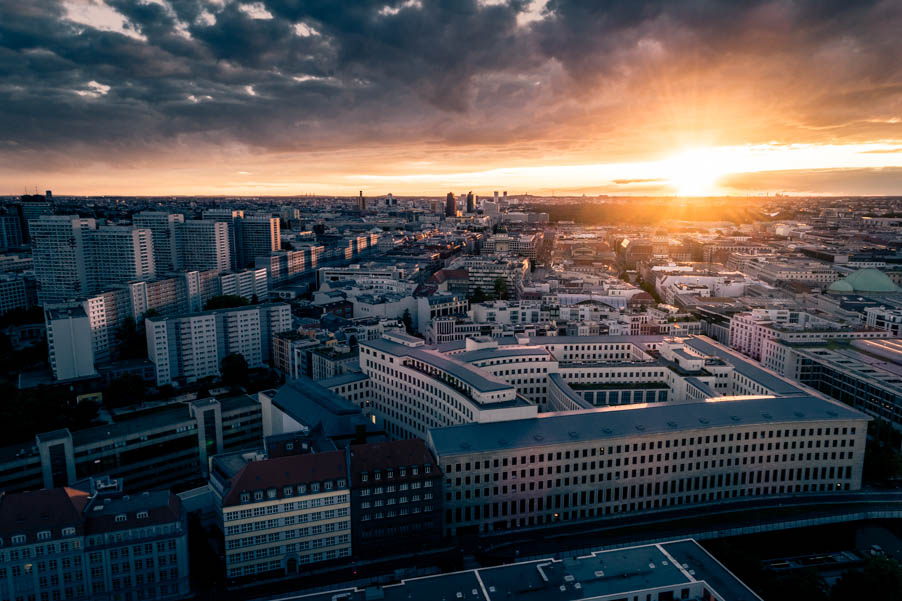 Shot against the sun during sunset.
Shot against the sun during sunset.
Others
Then there are things like cross light or above and below light. At the cross light you have more than two light sources, for example a reflecting sun in a building facade that causes two shadows at once at a person. Above and below light can be caused due to a reflecting water which is thrown back from the sky. So it seems that the light comes also from the ground. It is a rare situation, but possible.
Blue hour and golden hour
What I photograph usually the most are landscapes or cityscapes. So what do you think is the best time of the day to photograph such sceneries? The blue and golden hour of course. The golden hour appears before sunset and after sunrise. At this point the sun is on a very low ankle on the sky in the shadows of objects become very long, so you get a very plastically look of your scene. And the color of the light becomes warmer. A lot of yellow which is replaced by orange, more and more until to red tones and magenta and purple, depends of the weather.
After the sun has set the red tones disappear, depends on the season how long this take. And after 10 - 20 minutes the blue hour starts, where the whole sky becomes blue, which is getting darker. At sunrise the whole process is vice versa: blue hour, sunrise, golden hour.
It is never wrong to take your photos at noon or on overcast days and to play with these circumstances, but my taste are the more dramatic light conditions, which again open more play with the colors.
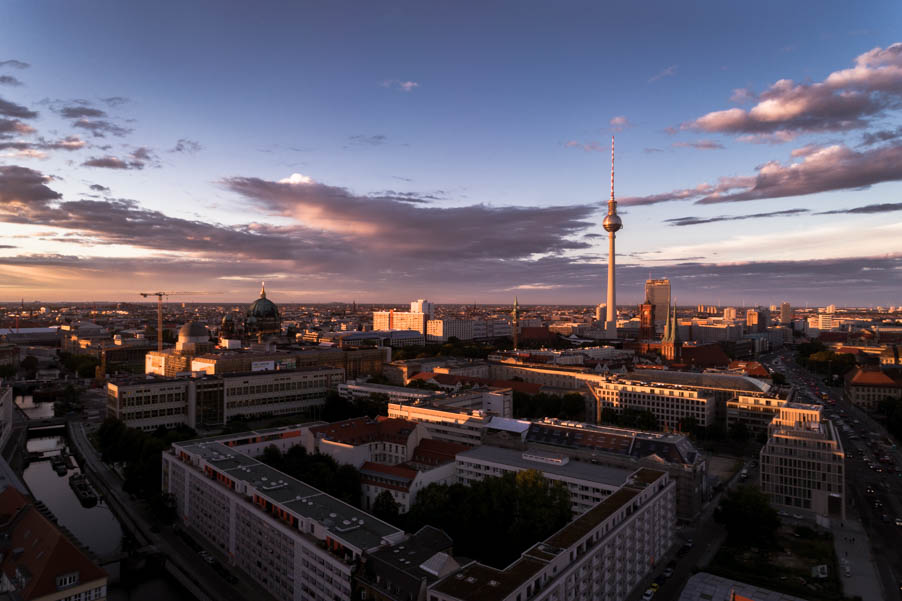 Golden hour over Berlin's center. Light is coming laterally diagonal.
Golden hour over Berlin's center. Light is coming laterally diagonal.
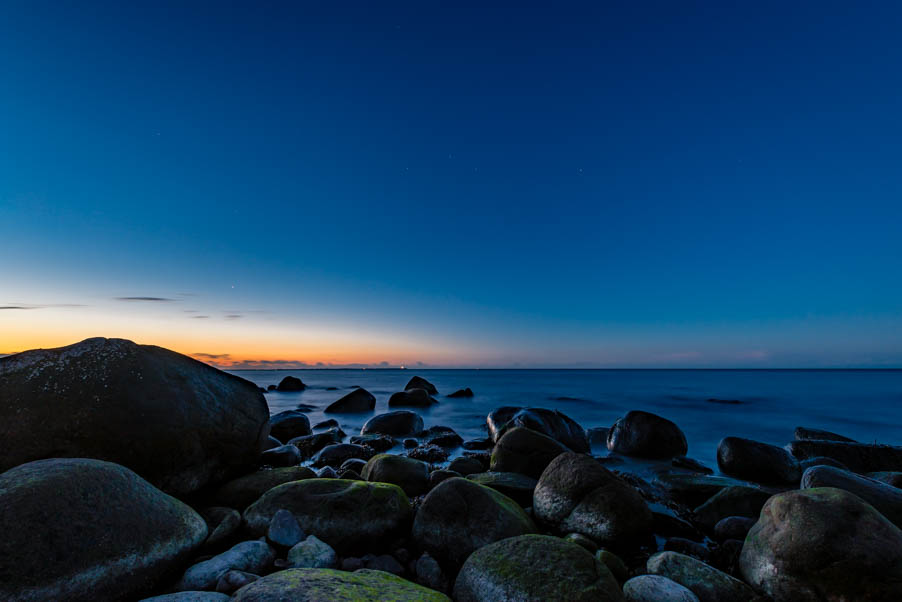 Blue hour at the beach.
Blue hour at the beach.
Available light
This way to take pictures is only possible since the digital camera era. In the analog era, you used a flash when the scene was too dark and you had only some ambient light. Nowadays you increase the ISO and start to shoot. And the more modern the camera the less noise you have in these pictures. A flash would also change the light mood of the scene what is counterproductive and you can use the camera on concerts, museums, churches without to annoy anyone.
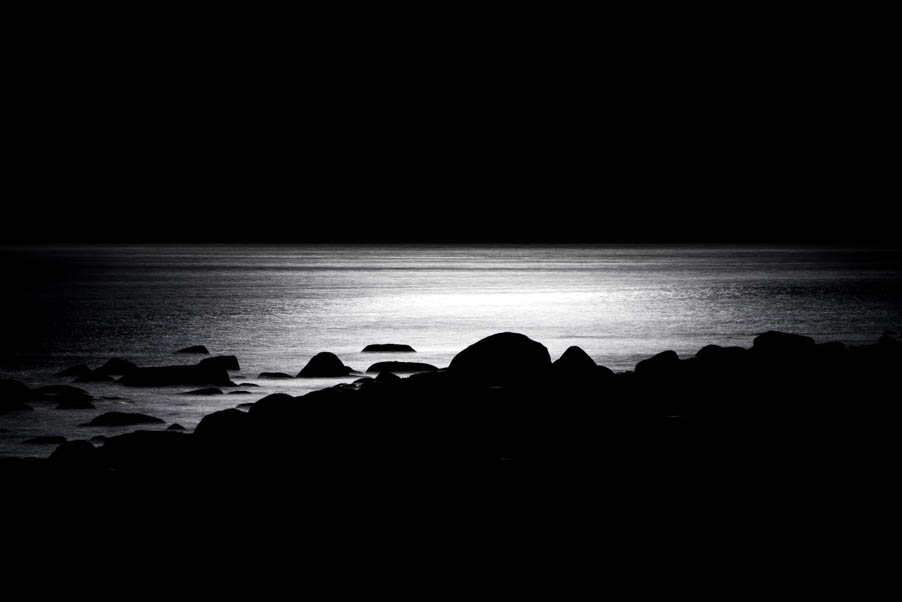 Moonlight, the only light source here, shines on the water surface.
Moonlight, the only light source here, shines on the water surface.
Concluding remarks
You should try out all these tips and keep them in mind when you take the next time your camera in the hand. Capturing the beautiful light situations is the most challenging in photography and it is also what makes the most fun. If you are aware of light directions, especially backlight, you won’t be disappointed.
Related articles
Long Exposure Guide
HDR-Imaging Guide

Report
My comments